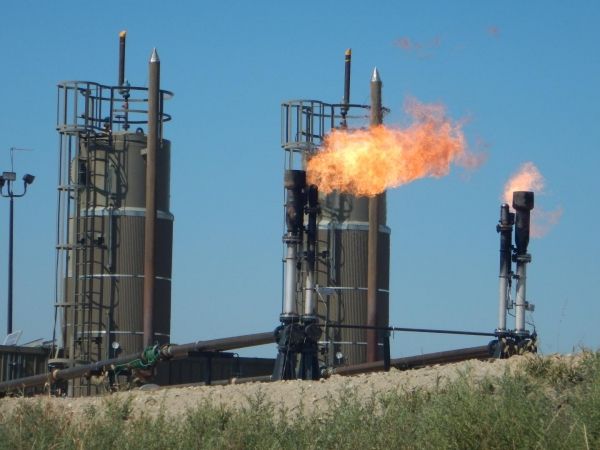Understanding what influences the amount of methane in the atmosphere has been identified by the American Geophysical Union to be one of the foremost challenges in the earth sciences in the coming decades because of methane’s hugely important role in meeting climate warming targets.
Methane is the second most important human-made greenhouse gas and is rising in the atmosphere more rapidly than predicted for reasons that are not well-understood. It is roughly 30 times more potent than carbon dioxide for warming the Earth over a century timescale.
Reductions in global methane emissions are needed to meet global climate warming targets. The goal of the 2015 Paris Agreement is to keep global average temperature increases well below 2°C of pre-industrial levels in the year 2100.
Success hinges on individual countries reducing their greenhouse gas emission through their Nationally Determined Contributions, which will be evaluated every five years in a global stock-take.
Read more at University of Bristol
Image: This is methane flaring in the Bakken oil field of North Dakota. (Credit: Matt Rigby, University of Bristol)


